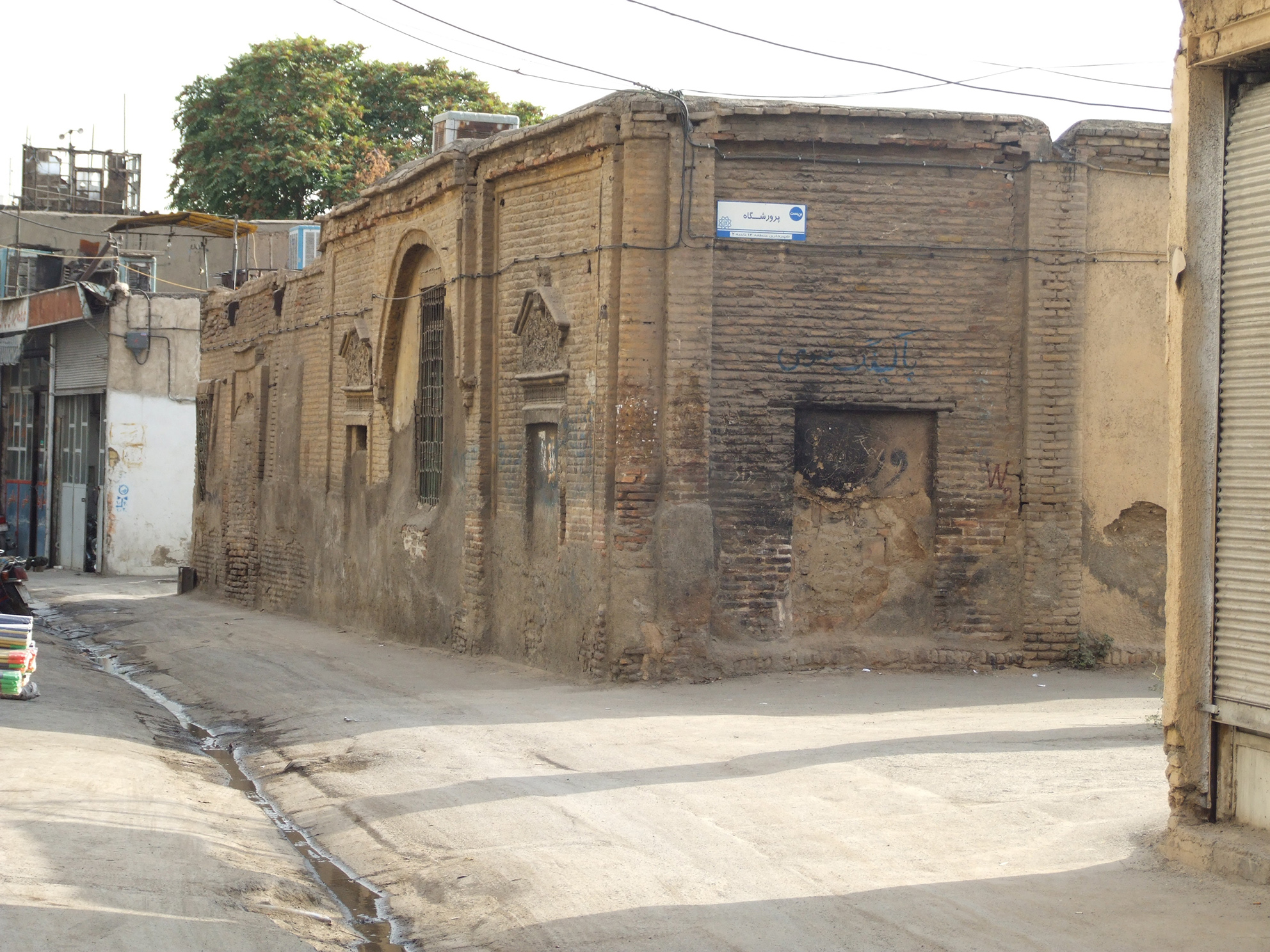Decrepit urban neighborhoods in Tehran pose a great risk to residents as they are vulnerable to natural disasters, especially earthquakes.
According to managing director of Tehran Renovation Organization, Ebadollah Fathollahi, more than 3,270 hectares, that is approximately 5% of the city’s total area, consists of old and dilapidated buildings. Another 8,000 hectares are classified as vulnerable areas, Mehr News Agency reported.
While such structures are highly vulnerable to earthquake and are saddled with multiple problems related to utilities, they are home to 22% of total housing blocks and 15% of Tehran’s population, Fathollahi said. “This is further indication that these neighborhoods are also economically weak and densely populated,” he added.
Fifty renovation companies in 149 locations in the sprawling capital have been appointed to propose plans that could help district municipalities tackle the issue. Tehran Municipality can and should play an important role in directing private sector investment into the poor and vulnerable areas.
“Construction of new urban projects in target neighborhoods can increase property value in these areas, thereby encouraging people to renovate their old estates,” Fathollahi said.
Package of Incentive
Tehran Municipality has taken supportive measures including a stimulus package to speed up the renovation effort. “The package includes lower construction permit costs, 50-100% construction tax exemption, special parking space and discount on engineering services fees in the old districts, which helps in cutting construction costs by as much as 25%,” Mohamamd Salari, a member of Tehran City Council said.
The incentives helped increase the number of renovation projects in the distressed neighborhoods by 68% in the first five months of the current year (started in March), compared to the similar period in the preceding year.
Most of the risky structures in Tehran are located in districts 10 and 12. “High population density and narrow passageways in these localities can make rescue operations very difficult (if not impossible) in the event of a disaster,” the councilor said.
District 12 in downtown Tehran has the highest concentration of historical monuments as well as old buildings. Imam Khomeini Square is the center of the historical texture of this district, which houses more than 100,000 households in 31 neighborhoods.
District 10 is on the capital’s western flank. With 340,000 residents, it is among the most populated districts in the metropolis that has expanded in all four directions in the past three decades.
Last year, Fathollahi had said that annually 3-5% of all distressed residential units in the capital are renovated.
In other words, renovation of all the old buildings will take at least 20 years and during this period more buildings will certainly be added to the crumbling list.


